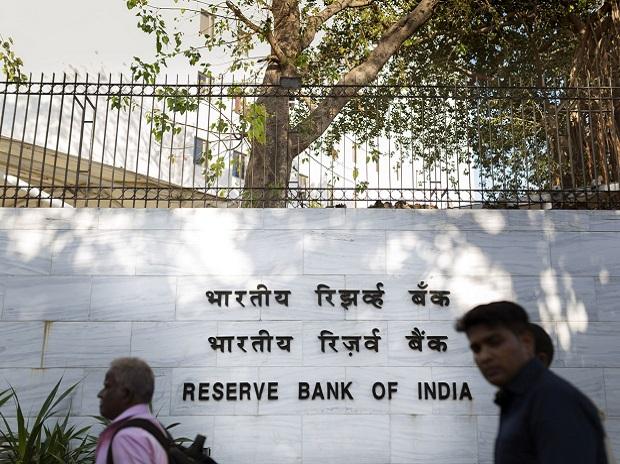[ad_1]
While non-banking finance companies (NBFCs) have weathered the pandemic reasonably well, they have to be mindful of the rising borrowing costs they face in the wake of tightening monetary policy measures, the Reserve Bank of India (RBI) said in its Trend and Progress Report for 2021-22.
“With strong capital buffers, adequate provisions, and sufficient liquidity, NBFCs are poised for expansion. Nevertheless, going forward, NBFCs need to be wary of rising borrowing costs as financial conditions tighten,” the RBI said.
NBFCs had increased their borrowing from banks, which is one of the largest funding sources for these lenders, in the wake of the benign interest environment. Since May, the RBI has raised the benchmark policy rates by 225 basis points to tackle rising inflation.
However, as banks have not passed on the entire rate in their marginal cost of funds-based lending rate (MCLR) portfolio so far, NBFCs have not felt the pinch of higher borrowing cost as they have been able to pass on most of the rate hikes to their end borrowers. But going forward, the scenario may change.
The balance sheet of NBFCs grew at a subdued pace in 2021-22, due to weak demand and risk aversion amid disruptions caused by the second wave of Covid-19 pandemic.
They also faced headwinds from banks, especially in the retail space where these shadow lenders have had a stronghold — vehicle loans and gold loans.
Having said that, these lenders maintained comfortable liquidity buffers, adequate provisioning, and a strong capital position. The asset quality of the NBFC sector improved as gross non-performing assets (NPAs) and net NPAs declined in 2022 (March end). According to the RBI data, gross NPAs of NBFCs declined to 5.8 per cent in March 2022 from 6 per cent a year ago, and net NPAs fell to 2.3 per cent from 2.7 per cent during the same period a year ago.
While business conditions improved, the deferment in NPA upgradation norms, better recovery, and lower fresh accretions facilitated the decline in NPAs during the period. An increase in provision coverage ratio (PCR) from 56.7 per cent at the end of March 2021 to 60.7 per cent at the end of March 2022 suggests enhanced resilience, the RBI said.
Asset quality has further improved for the sector till September. And, according to the RBI’s assessment, it will continue to improve going forward. “Sharper regulatory oversight, realignment in asset quality classification and prompt corrective action norms will further entrench stability,” the RBI said.
“On the regulatory front, scale-based regulation is expected to strengthen the NBFCs in step with the growing scope for organic consolidation in the sector,” it said.
In H1 2022-23, net profits of NBFCs improved mainly by a turnaround in fund-based income. While there was steep growth in operating expenses, provisions against NPAs, and decreases in interest expenses on bank loans and inter-corporate deposits meant that there was a sizable growth in net profit.
Meanwhile, the central bank has asked the shadow lenders to be cautious of the fast-growing digital lending ecosystem as it poses novel challenges such as unethical recovery practices and data privacy issues.
Hundreds of digital lending apps mushroomed during the pandemic to offer short-term credit to consumers who were facing hardships due to the pandemic and the lockdown. These players often charged usurious interest rates to borrowers and adopted unethical ways of recovery, resulting in harassment of borrowers.
In the wake of the unfortunate incident that happened in Jharkhand where a young lady lost her life due to unethical recovery practice adopted by a third-party agent of a NBFC, the RBI has advised the sector to strengthen their oversight of outsourced activities to prevent undue harassment of their customers by third party applications. The RBI, on its part, has endeavoured to address these issues proactively and has provided timely regulatory guidance, it said.
[ad_2]
Source link



